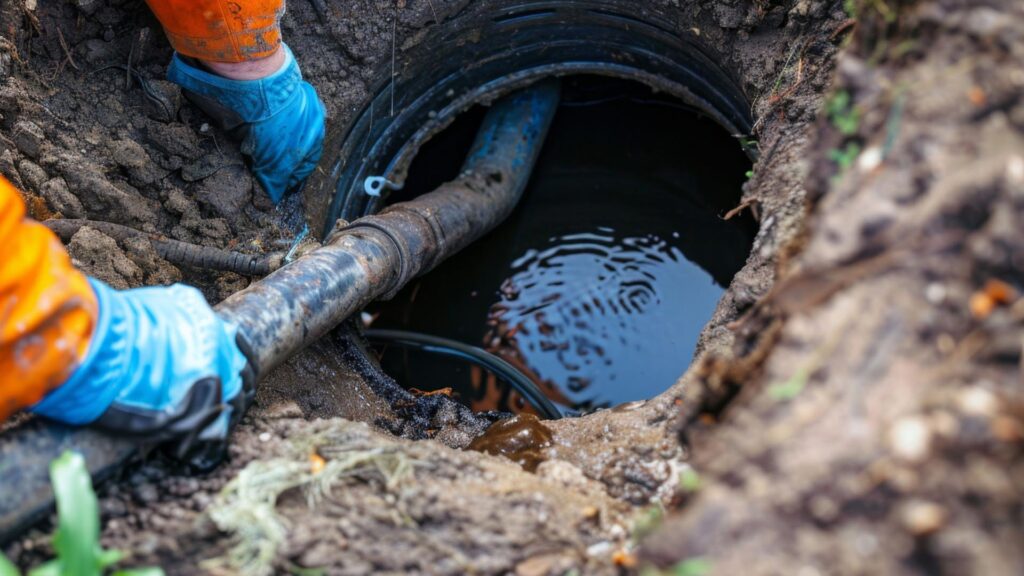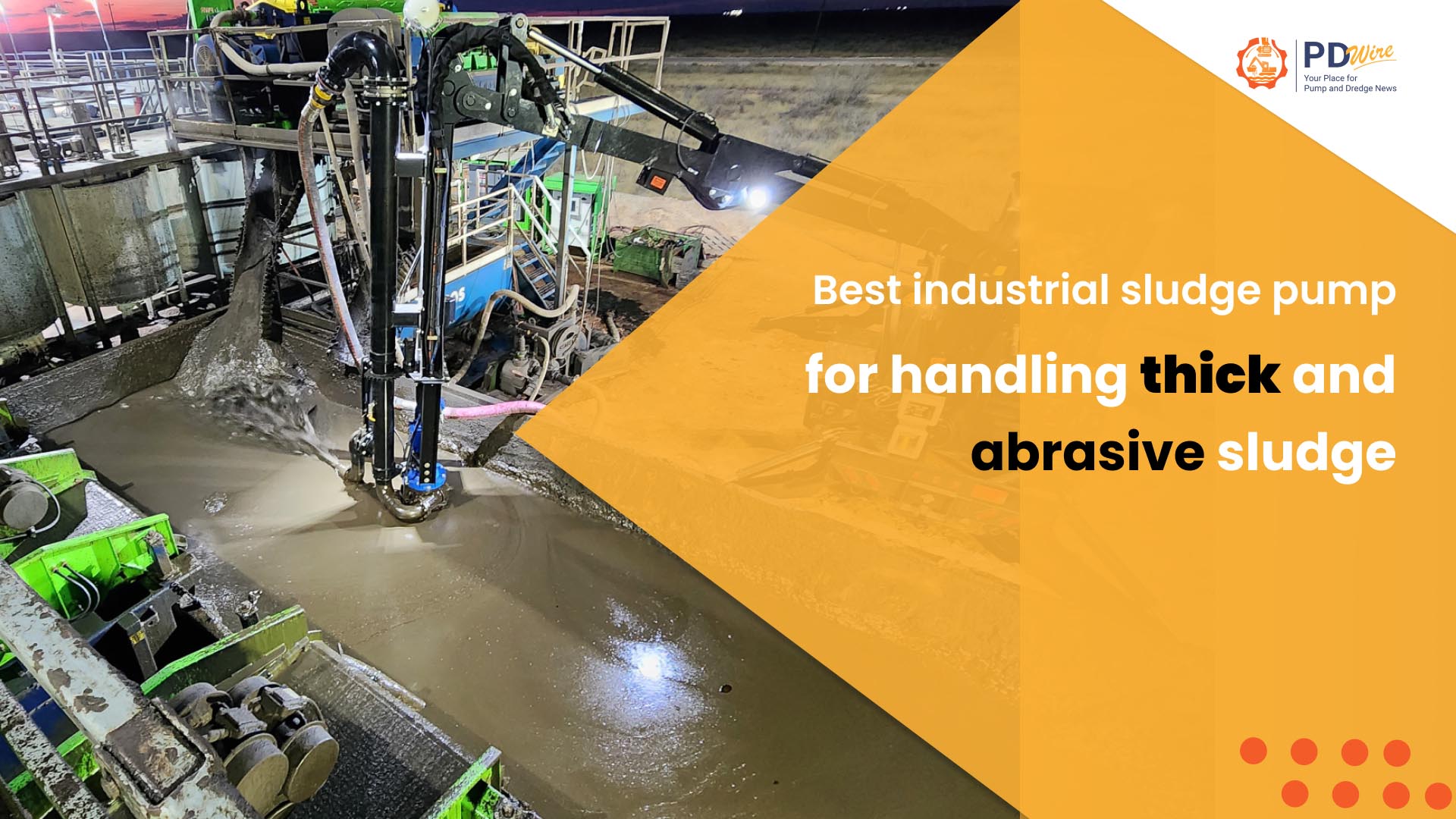Introduction
Handling thick and abrasive sludge is a significant challenge in many industries, from wastewater treatment to mining operations. The nature of the sludge, often filled with solid particles and harsh chemicals, can cause severe wear and tear on sludge pumping equipment. This leads to frequent maintenance, high energy consumption, and increased operational costs. Therefore, selecting the right industrial sludge pump is critical to ensure efficiency, durability, and cost-effectiveness in managing these demanding conditions. This article will guide you through the key characteristics of industrial sludge, the essential features to look for in a pump for sludge, and the best sludge transfer pumps available today.
Understanding Sludge Characteristics
Composition of Industrial Sludge
Industrial sludge is a semi-solid mixture of water, solid particles, and various contaminants. It typically originates from wastewater treatment, mining, and chemical manufacturing processes. The composition of sludge varies depending on its source, but it often contains heavy metals, organic matter, and abrasive particles like sand or grit. These components contribute to the sludge’s thickness and abrasiveness, making it a challenging material to handle, particularly for sludge-pumping equipment.
Challenges in Pumping Thick and Abrasive Sludge
Pumping thick and abrasive sludge presents several challenges. The sludge’s abrasive nature can quickly wear down pump components, leading to frequent repairs and replacements. Additionally, the sludge’s high viscosity and solid content require sludge transfer pumps to exert more power, resulting in increased energy consumption. There’s also a heightened risk of clogging, which can cause downtime and reduced efficiency. These factors underscore the importance of choosing an industrial sludge pump to handle such demanding materials.
Key Features to Look for in a Sludge Pump

Durability and Material Construction
Durability is paramount when selecting a pump for sludge. The pump’s components must be made from abrasion-resistant materials to withstand the harsh nature of the sludge. Common materials used in the construction of sludge pumping equipment include hardened steel, cast iron, and elastomers. These materials are chosen for their ability to resist wear and tear, ensuring a longer lifespan for the pump.
High Solids Handling Capacity
Given the high solids content in industrial sludge, choosing a sludge transfer pump designed to handle large particles without clogging is essential. Pumps with specially designed impellers and wide passages are better equipped to handle sludge with a high concentration of solids. This feature improves efficiency and reduces the likelihood of blockages that can halt operations.
Energy Efficiency
Energy efficiency is another critical consideration. Pumping thick sludge requires significant power, so selecting a pump with energy-saving features is vital to keeping operational costs in check. Modern sludge pumping equipment is designed to balance performance with energy consumption, ensuring that it operates efficiently even under heavy loads.
Easy Maintenance and Serviceability
Maintenance is inevitable in pump operation, but it doesn’t have to be a major disruption. An industrial sludge pump with easy maintenance features, such as wear-resistant liners and modular components, can minimize downtime. These features make performing routine maintenance and repairs easier, keeping the pump in optimal condition and extending its service life.
Types of Sludge Pumps Suitable for Thick and Abrasive Sludge

Progressive Cavity Pumps
Progressive cavity pumps are ideal for handling thick sludge. They move the sludge through several cavities, maintaining a steady flow regardless of the material’s viscosity. These sludge transfer pumps are particularly effective for high-solids content sludge, but they have some limitations, such as a higher risk of wear when handling abrasive materials.
Centrifugal Slurry Pumps
Centrifugal slurry pumps are designed to efficiently handle abrasive sludge. Their robust construction and specially designed impellers allow them to handle large particles and thick materials without clogging. These pumps are commonly used in mining and other heavy-duty applications where durability and performance are critical.
Peristaltic Hose Pumps
Peristaltic hose pumps are well-suited for handling abrasive sludge because the sludge only comes into contact with the pump’s hose, reducing wear on other components. These pumps are highly efficient in moving viscous and abrasive fluids but may require frequent hose replacements depending on the pumped material.
Diaphragm Pumps
Diaphragm pumps offer unique benefits for sludge handling, particularly when abrasion is a significant concern. These pumps use a flexible diaphragm to move the sludge, minimizing contact with moving parts and reducing wear. They are suitable for highly abrasive and thick sludge, though they may have lower flow rates than other pump types.
Top Industrial Sludge Pumps on the Market
Overview of Leading Brands
Several manufacturers specialize in producing high-quality sludge transfer pumps designed for industrial applications. Brands like EDDY Pump, Grundfos, and Sulzer are well-known for their reliable and durable sludge pumping equipment.
Featured Pump Models
Each brand offers specific models that excel in handling thick and abrasive sludge. For instance, the EDDY Pump’s HD Pump series is renowned for handling heavy-duty sludge applications with minimal maintenance.
Performance Comparisons
When comparing pump models, it’s important to consider durability, efficiency, and solids handling capacity. Pumps with abrasion-resistant materials, energy-efficient designs, and high solids handling capabilities tend to perform better in demanding sludge applications.
User Reviews and Case Studies
User reviews and case studies provide valuable insights into how these pumps perform in real-world conditions. Many industries have reported success in managing thick and abrasive sludge with the right industrial sludge pump, highlighting the importance of making an informed choice.
Factors to Consider When Selecting a Sludge Pump

Application Requirements
Selecting the right pump for sludge depends on the specific requirements of your application. Consider the type of sludge, the flow rate needed, and the pump’s compatibility with your existing system.
Operational Environment
Environmental factors, such as temperature, pressure, and chemical exposure, can impact the pump’s performance and longevity. Choose sludge pumping equipment designed to withstand your operation’s conditions.
Budget and Cost of Ownership
While initial cost is important, the total cost of ownership, including maintenance, energy consumption, and lifespan, must also be considered. Investing in a higher-quality industrial sludge pump can lead to significant savings in the long run.
Customization Options
Some pumps offer customization options to match your sludge’s specific characteristics better. Explore these options to ensure your sludge transfer pump is tailored to your needs.
Conclusion
Selecting the right industrial sludge pump is crucial for effectively handling thick and abrasive sludge. By considering factors like durability, solids handling capacity, energy efficiency, and ease of maintenance, you can choose a pump for sludge that will perform reliably in the most demanding conditions. Consulting with experts and reviewing the top models on the market can help you make an informed decision, ensuring optimal sludge management for your operation. For more information or to explore recommended sludge pumping equipment, consider contacting a trusted pump supplier.
